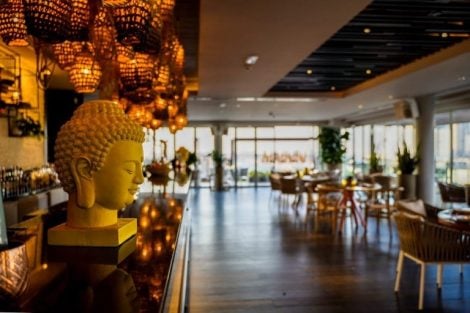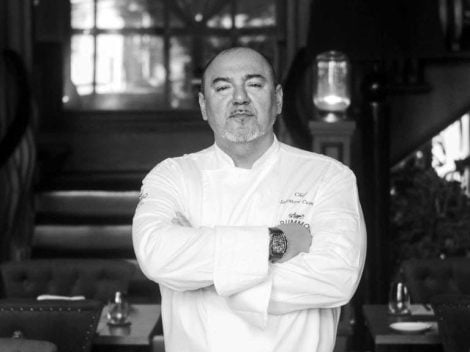Castello del Trebbio: estate's wines
Six were the Castello del Trebbio’s wines tasted and reviewed in the recently published Guida Vini d'Italia 2022. It starts with a Brut Metodo Classico made from Chardonnay and Trebbiano: impeccable carbonation thanks to 30 months on the lees and great drinkability. The white Congiura is a blend of Riesling and Pinot Grigio, a vital and fragrant wine with floral and herbal notes. Four are the reds and their flagship is the Chianti Lastricato, a Riserva that encompasses all the aromas and flavours of the Rufina subzone, one of the most important in the Chianti area. Then there is Pazzesco, the result of a special blend of Syrah and Merlot. Sangiovese has returned to the forefront in the Le Anfore selection, a joint project by all the estates, overseen by Elena Casadei, Anna and Stefano's daughter. The aim is to bring out clearly the territory’s strength and the vines thanks to the aging in amphorae. It ends with an enveloping red wine that symbolises the combination of tradition and innovation, De' Pazzi, a blend of Sangiovese, Merlot and Syrah.
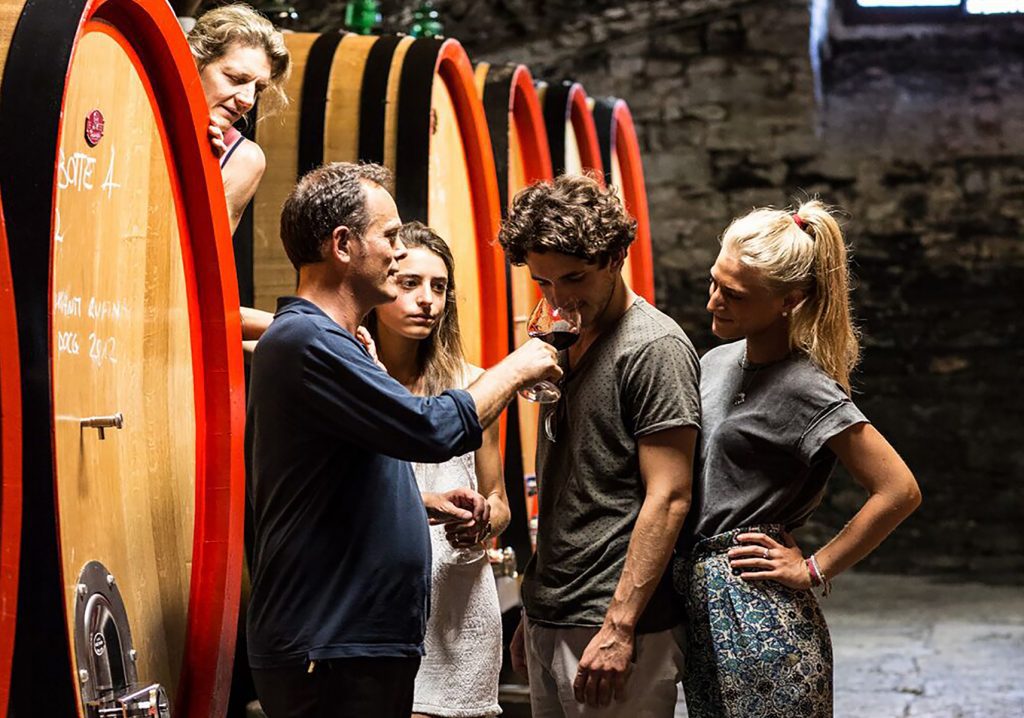
Castello del Trebbio is Stefano and Anna Casadei’s great project, an estate that extends over 865 acres, 148 of which are planted with vines. "A magical place”, as Stefano defines it, but also a place steeped in history that continues to live on thanks to serious and far-sighted entrepreneurial actions. It was purchased by Anna's father in the 1970s and then properly managed by the new generation. Wine is at the heart of the estate, with Sangiovese being the protagonist, but spelt and ancient grains, as well as extra-virgin olive oil and precious saffron are also grown here.
Then there is a holiday farm built from former farmhouses, with rooms overlooking the vineyards and olive groves. Everything is carried out according to sustainable principles, starting from the vineyard and the countryside (this and other group companies espoused a philosophy enclosed in a patented handbook, the Biointegrale®) and arriving at the conservative restoration of the architecture and the use of renewable energy; here everything must follow a sustainable thought both at an environmental and economic level because – as Anna and Stefano Casadei like to remind us – "to be Biointegrale you have to think and act in a Biointegrale way". The handbook came out in 2013: "We started with organic farming, then we introduced some biodynamic practices, but we felt the need to go further and lay down some guidelines that would mark a turning point in the activity management. Here at Castello del Trebbio – Anna continues – our aim is to bring out the Chianti Rufina territory as much as possible. We do this through Sangiovese, but also through a number of international grape varieties that can highlight the potential of this area: this is how the blend of Syrah and Merlot gave rise to Pazzesco, while Riesling and Pinot Grigio gave rise to Congiura”.
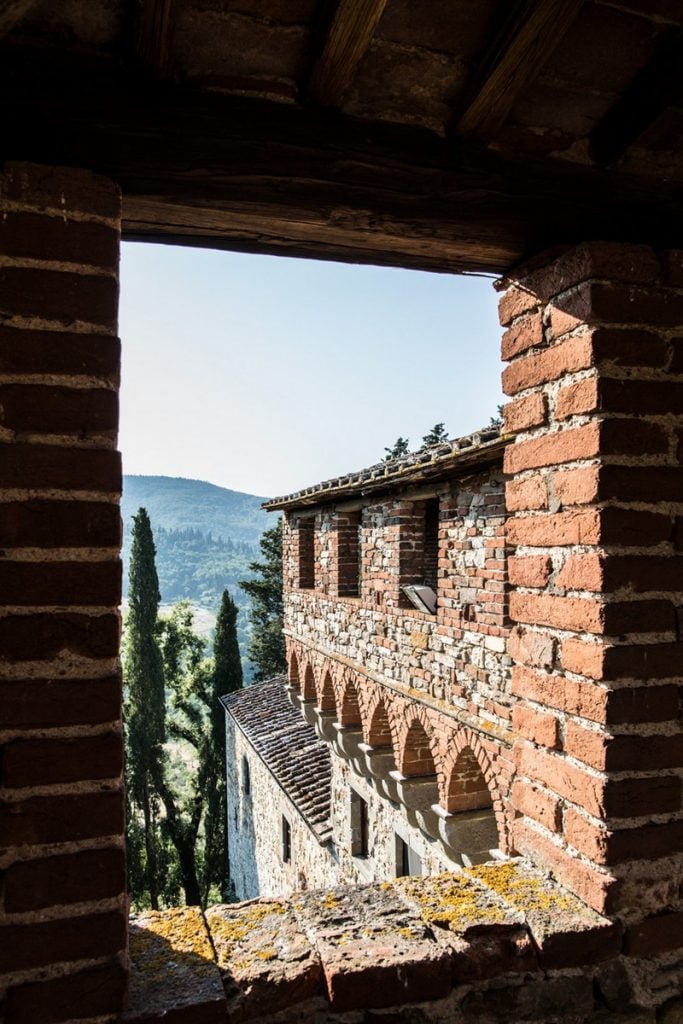
Castle's accommodation facilities
Built in 1184 on commission of the noble Florentine De' Pazzi family, in 1478 Castello del Trebbio was a strategic location during the planning of the ‘Congiura de' Pazzi’ (Pazzi conspiracy) that took place in the Cathedral of Santa Maria del Fiore in Florence. Today, it is a thriving organic wine estate just a few kilometres from Florence, a true agricultural organisation that does not lack accommodation facilities: wine tourism experiences (tours, tastings, cookery courses) and the opportunity to stay in the scattered holiday farm, created from the property's former farmhouses, that allow guests to experience first-hand the sustainable commitment of this reality.
The other companies and the Tre Bicchieri
The Casadei family brand encompasses all the companies in the group and it is managed directly by Anna and Stefano. If Castello del Trebbio can be considered the parent company, the other two are equally important, one always in Tuscany (Tenuta Casadei in Suvereto) and the other in Sardinia (Olianas in Gergei inland). As already mentioned, if Castello del Trebbio’s objective is the territorial enhancement through the combination of tradition and innovation, at Suvereto the focus is on international grape varieties. Syrah, Merlot, but also Mourvedre, Grenache, Cabernet Franc and Petit Verdot are the red protagonists, while the white ones are Sauvignon, Semillon and Viognier. The Filare 18 from the 2019 vintage (100% Cabernet Franc) was awarded the Tre Bicchieri in the 2022 guide. Olianas, on the other hand, was founded to produce quality wines from native grape varieties: we are in Sardinia and Cannonau is the undisputed king, alongside Bovale and Vermentino.
Castello del Trebbio
Pontassieve (FI) – via Santa Brigida, 9 – castellodeltrebbio.it – dcasadei.it
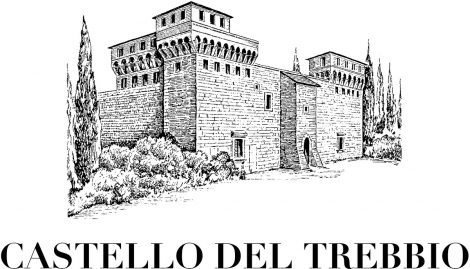

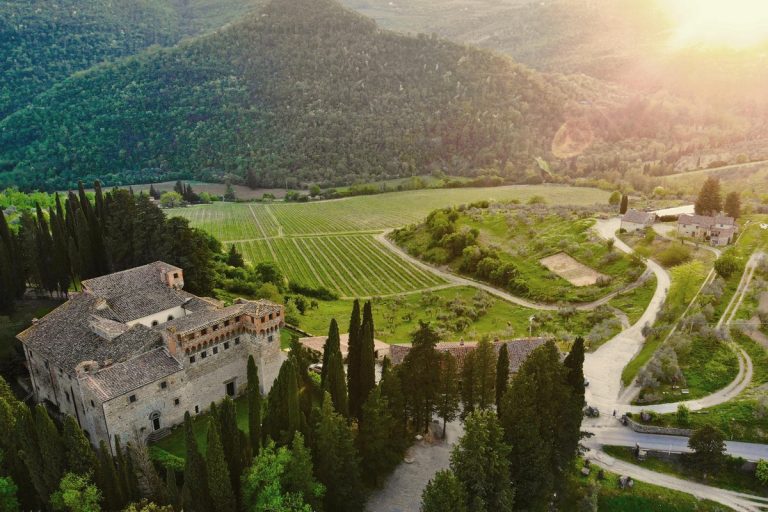
 Women are the best sommeliers. Here are the scientific studies
Women are the best sommeliers. Here are the scientific studies Where to eat at a farm stay in Sicily: the best addresses in the Provinces of Trapani, Palermo, and Agrigento
Where to eat at a farm stay in Sicily: the best addresses in the Provinces of Trapani, Palermo, and Agrigento Wine in cans, bottle-fermented, and alcohol free: the unstoppable change in Gen Z’s tastes
Wine in cans, bottle-fermented, and alcohol free: the unstoppable change in Gen Z’s tastes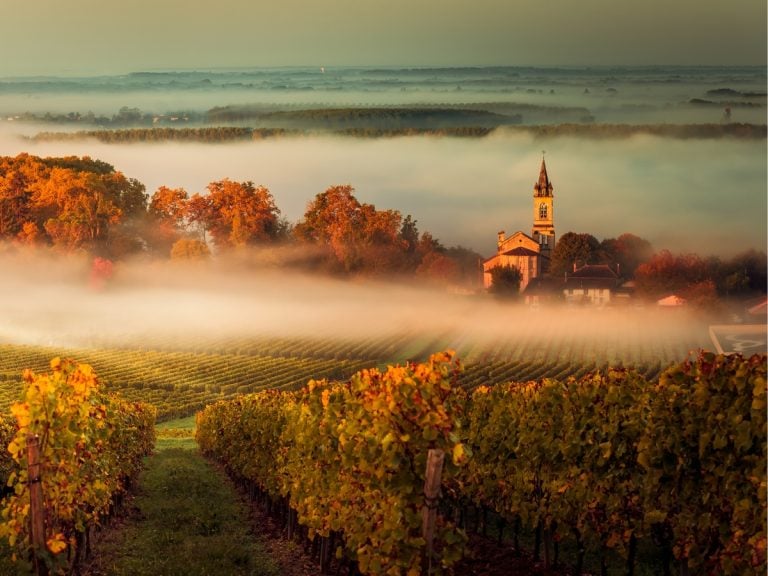 The great Bordeaux exodus of Chinese entrepreneurs: around fifty Châteaux up for sale
The great Bordeaux exodus of Chinese entrepreneurs: around fifty Châteaux up for sale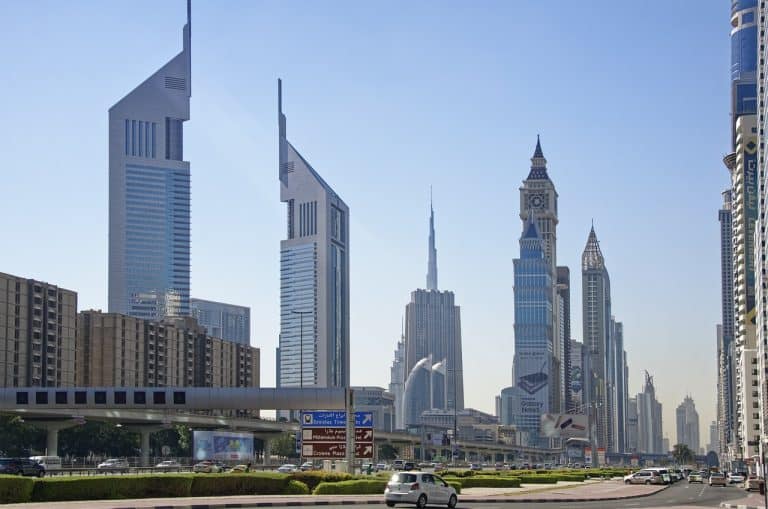 Dubai speaks Italian: a journey through the Emirate's best Italian restaurants
Dubai speaks Italian: a journey through the Emirate's best Italian restaurants




